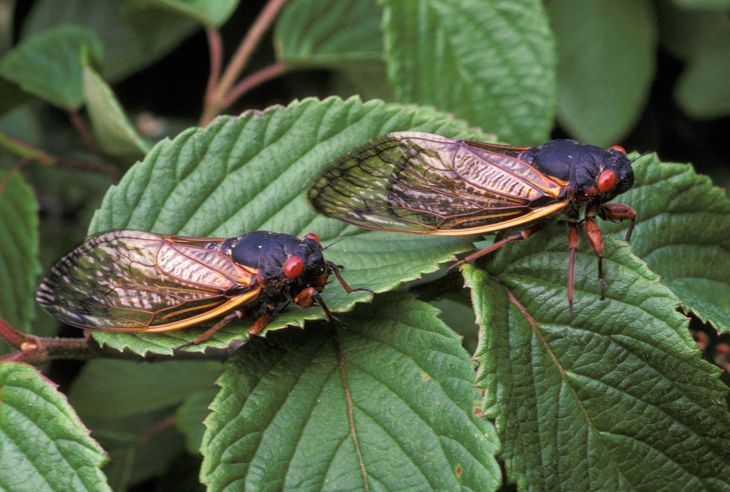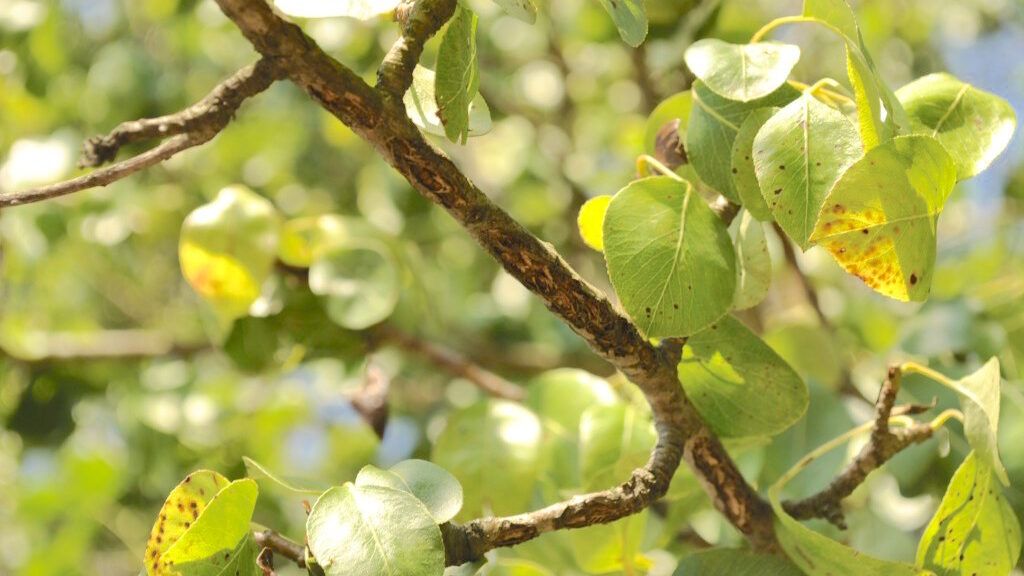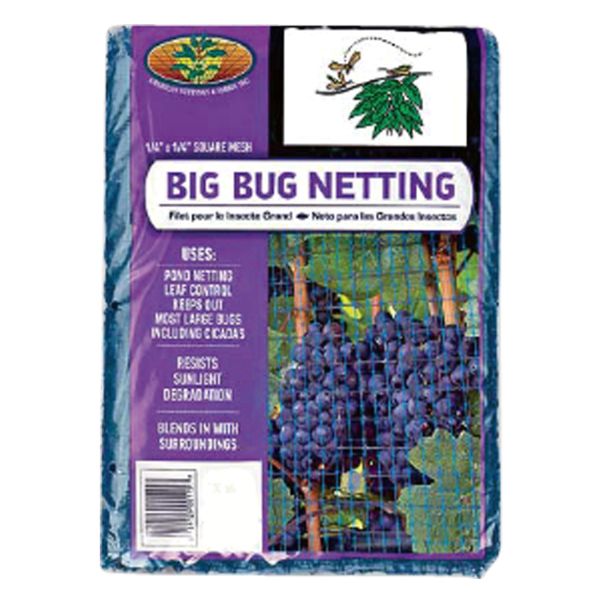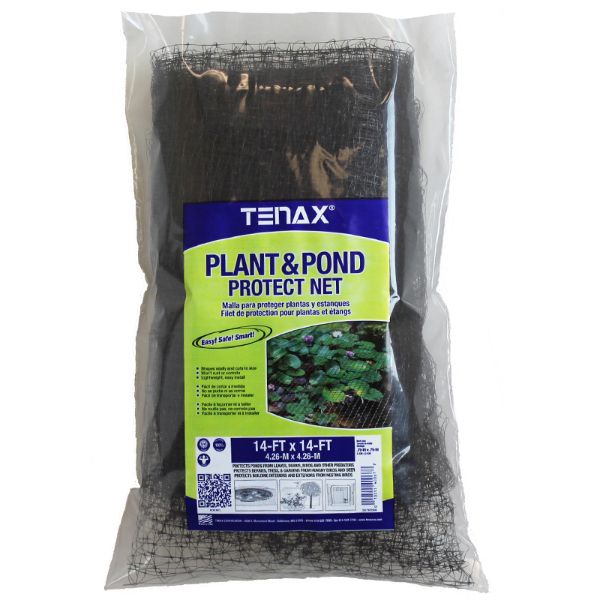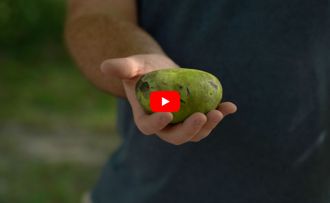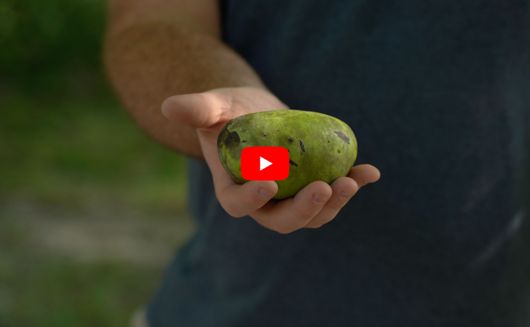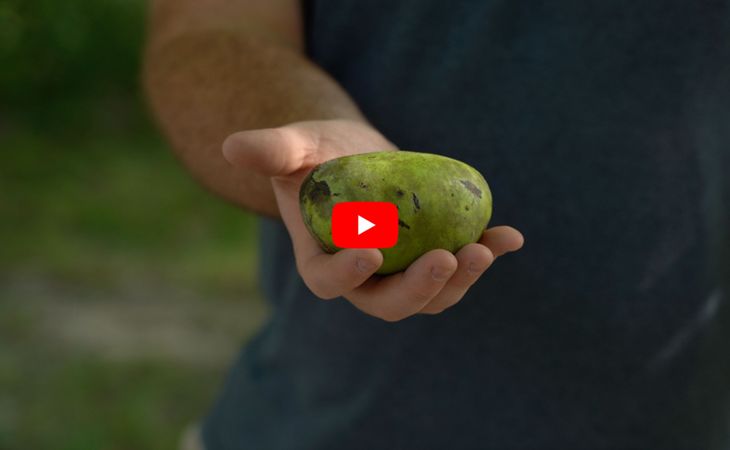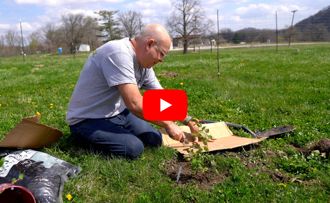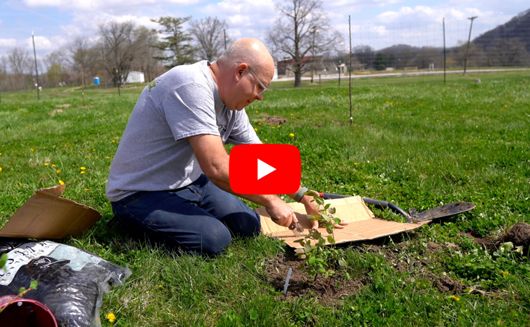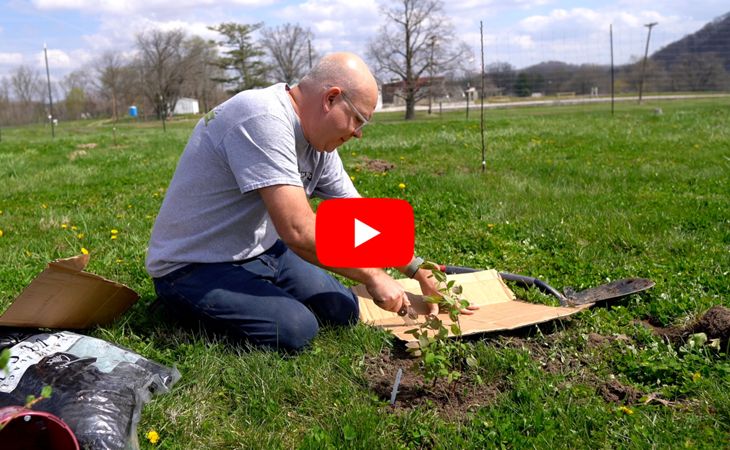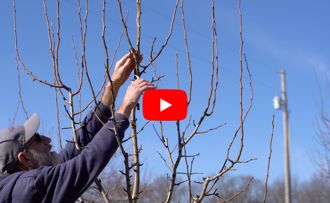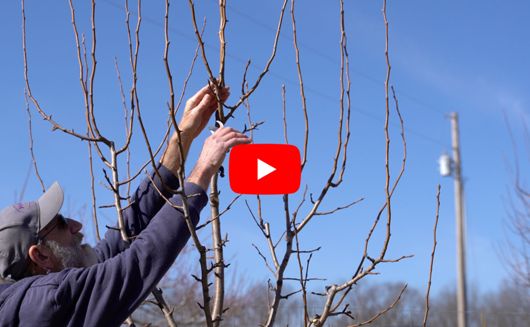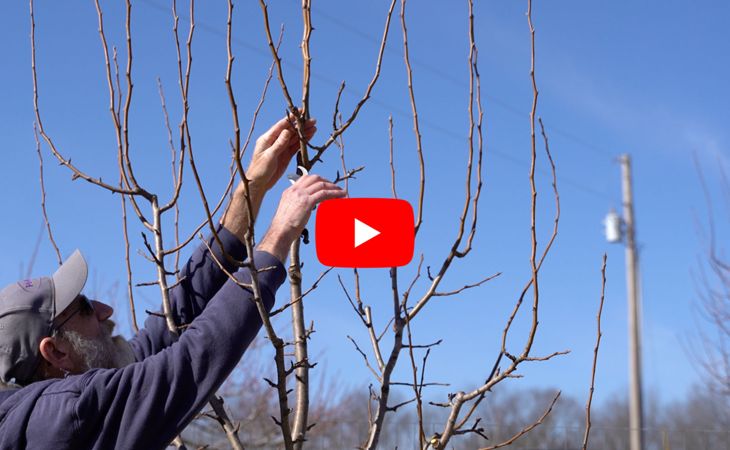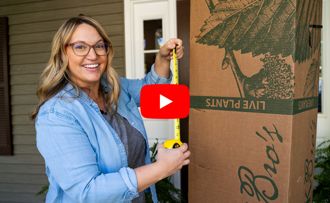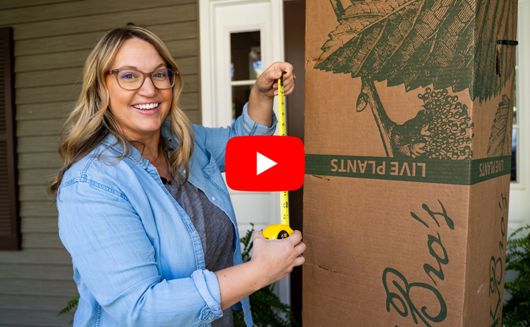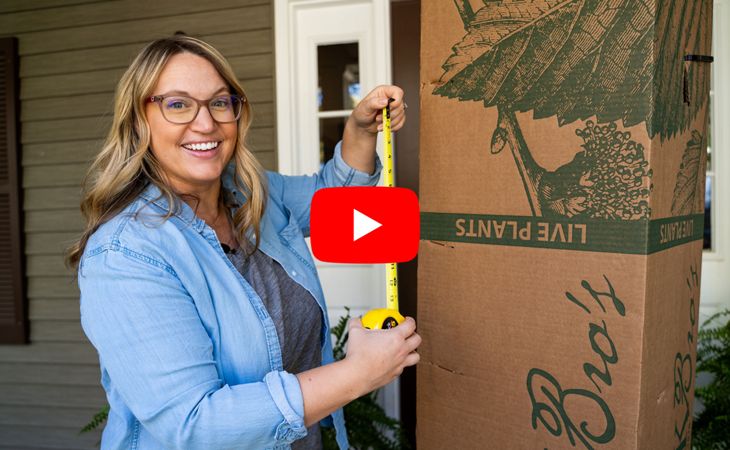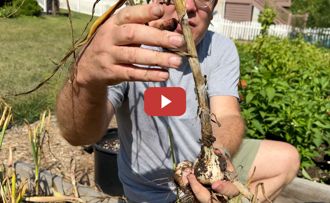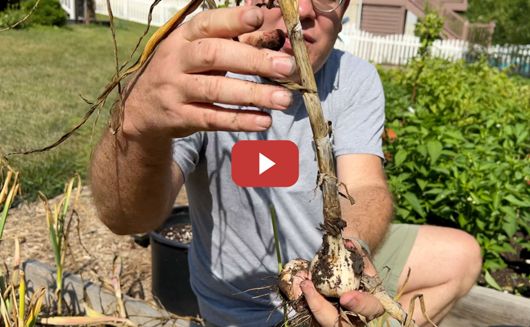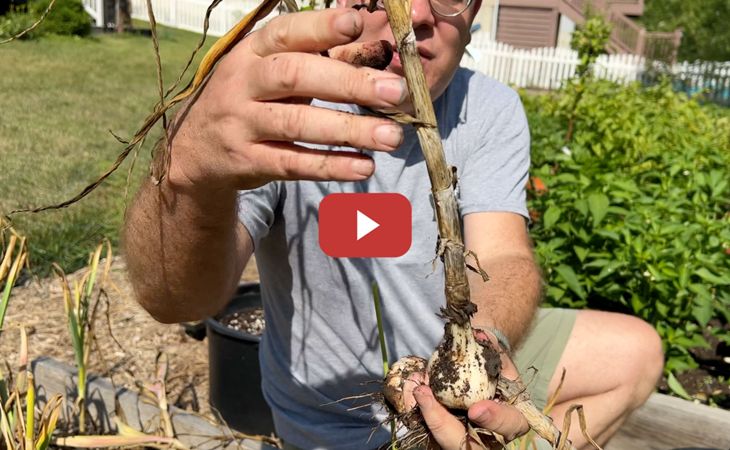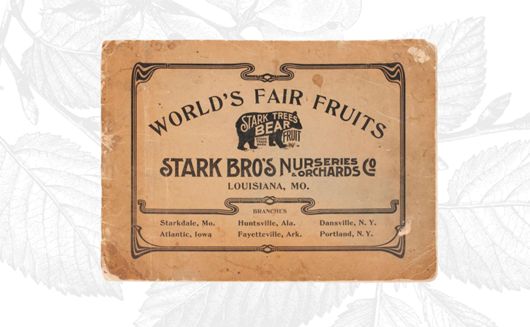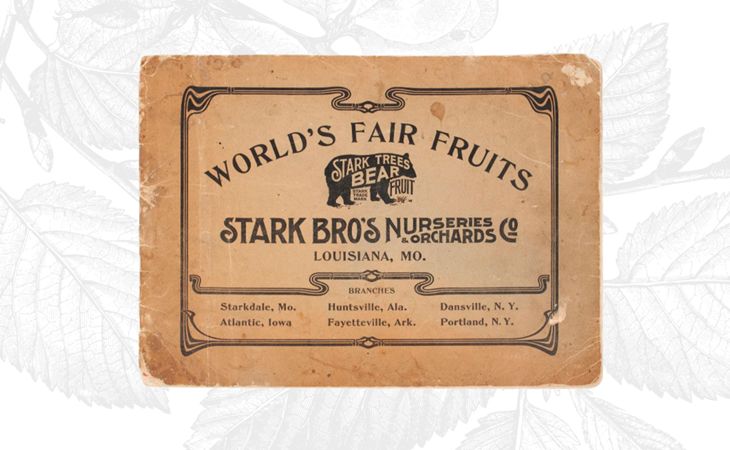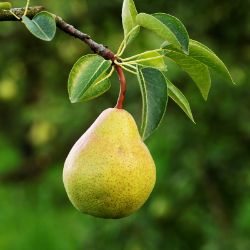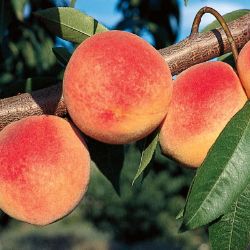Frequently Asked Questions: Periodical Cicadas
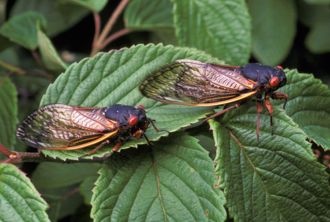
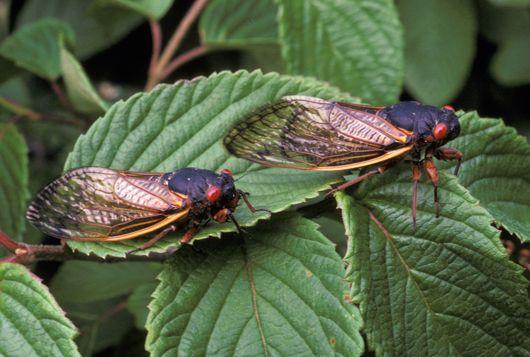
What is a periodical cicada? These insects spend an unusually long time underground (13-17 years), developing into nymphs that emerge all at once. After they're above ground, we find evidence of the cicadas' molted shells on trees, shrubs, walls, etc. The male cicadas' mating "songs" are often synonymous with summer.
Are cicadas dangerous to humans?
Cicadas are not a biting or stinging-type insect, nor are they poisonous. They are relatively harmless unless you are sensitive to the deafening song of the males seeking a mate.
Actually, it might even be the other way around: historically (and currently), people have been known to seek out and consume cicadas.
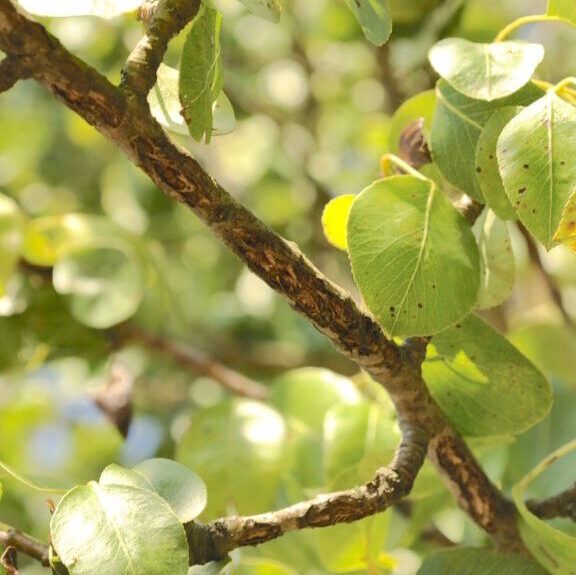
Will the emerging cicadas harm my trees and shrubs?
While cicadas do feed on tender roots and shoots, the damage done to trees and shrubs is caused by the female laying eggs. She selects twigs and branches and deposits her eggs into a slit she carves into the living wood. This often causes the ends of the limbs to wilt and die.
Healthy, mature trees and shrubs are more inclined to survive this process, being left with a recognizable "scar", but young trees and shrubs should be protected from cicada swarms with garden netting. The spaces in the bug-netting mesh should be less than 1/2", which (as a bonus) will also help keep bigger problematic pests like Japanese beetles off of your trees and shrubs as well.
More Information About Periodical Cicadas
- Periodical Cicadas collectively emerge in "broods".
- Find out more about Where and When the Periodical Cicadas Emerge.
- If these insects have you intrigued, learn more about the diet and lifecycle of cicadas.
Shop Garden Netting
- Article Categories:
- Frequently Asked Questions

